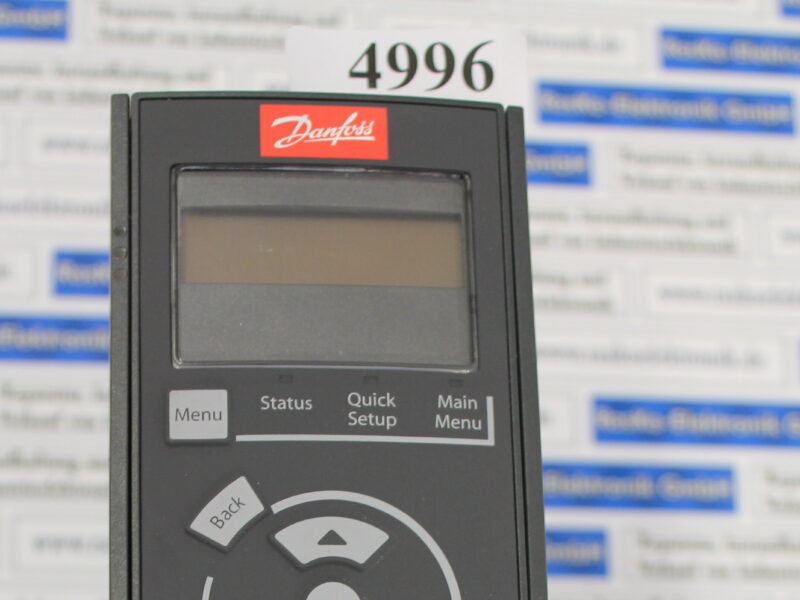Like many teachers these digital days, you probably try hard to integrate technology in your classroom. But sometimes, when you’re planetbesttech a unit, you might wonder where and how to best fit the technology in. Do you have to just rely on the old-fashioned video vaguely related to the topic somewhere at the end of the unit as a sort of reward for getting through all the hard work and congratulate yourself on managing to integrate technology in your classroom? Well, not quite.
If you want to integrate technology in your classroom, you have to consider all five stages of a unit. Each aspect allows technology to be integrated, but it’s not the same sort of technology at each step.
Stage One: Initial Interest
In this first stage, a teacher should introduce the topic to be studied to the class. The teacher’s goal at this stage is to find out what students know already – if you’re researching Ancient Greece and one of your students has an archaeologist as a parent and has had two trips to Knossos in the last five years, it pays to know this! – and to creating interest in the topic. From this initial session or sessions, the teacher can help students develop questions to answer in the course of research.
Technology to use at this stage: Mind-mapping and brainstorming software can be used to create and organize what is already known, and to highlight links between ideas within the topic. While brainstorms are often done on paper, software packages create a more attractive package. If you want to integrate technology in your classroom by using one of these applications, Inspiration is by far the best. Videoclips – short ones can also be used at this stage to awake interest and to launch the topic.
Stage Two: Research
Once you have defined your questions to be researched (or your students have), then it’s time to research those topics. This is the easiest area to integrate technology in your classroom in.
Obviously, the internet is the most significant technological application here. Your task will be to teach the students the most efficient use of search engines, and how to sort good sources of information from bad. However, most teachers find it a challenge to make students move on from just using web pages. Other options include online video clips (e.g. YouTube) and emailing researchers in the area of study. Don’t be shy about this last option. If you were a researcher, wouldn’t you be flattered if a grade school student considered you an expert on the topic? Also consider using ordinary videos, films and TV programs.
Stage Three: Formatting
This is where students start organizing what they’ve learned into a coherent whole. This “rough notes” stage of the process was traditionally done with pen and paper (and still is, even professionally) but you can integrate technology in your classroom here, too.
Graphic organizer (e.g. Inspiration) and word processors.
Stage Four: Fine-tuning
Here, your students organize their work into a final presentation. Here, you should think beyond just the posters and papers of the past – you can integrate technology in your classroom in how your students present their work.
Word processors and publishing software are obvious choices at this stage. PowerPoint presentations are other options. Students can also make use of image manipulators such as PhotoShop or Corel Draw to create images to accompany their project. Remember to teach them about spellcheckers – and that spellcheckers aren’t 100% accurate.
Stage Five: Grand finale
At this stage, students present their work, either to the class – or the whole world.
If you are serious about getting technical, then how about getting your students to upload their projects online, either with the use of a webcam and uploading to YouTube, or by creating a webpage displaying what they’ve learned. You will, of course, have to teach the related skills here, such as html and film editing.
All technology has its advantages and its disadvantages when used in the classroom, and it’s easy to get it wrong when you’re starting. If you want to avoid “The 7 Biggest Mistakes Teachers Make Using Video in the Classroom” and start experiencing the benefits of using video effectively in your classroom, your next step is to download a free copy of “Biggest Mistakes Teachers Make” right now.
The small company I work for is committed to creating quality educational videos for classroom instruction. From the earliest script stages, all subject area content, images, and music are intensely reviewed and selected for meeting appropriate grade level, curriculum objectives and standards for our proprietary productions. The videos we distribute are also screened to meet our high standards.
Teachers in the 21st century classroom will be better educators if they understand how to use multi media in their lessons, if they understand the processes that research has shown to be the most effective for improved student performance, and if they know how to find quality video resources that will enhance their lessons.


